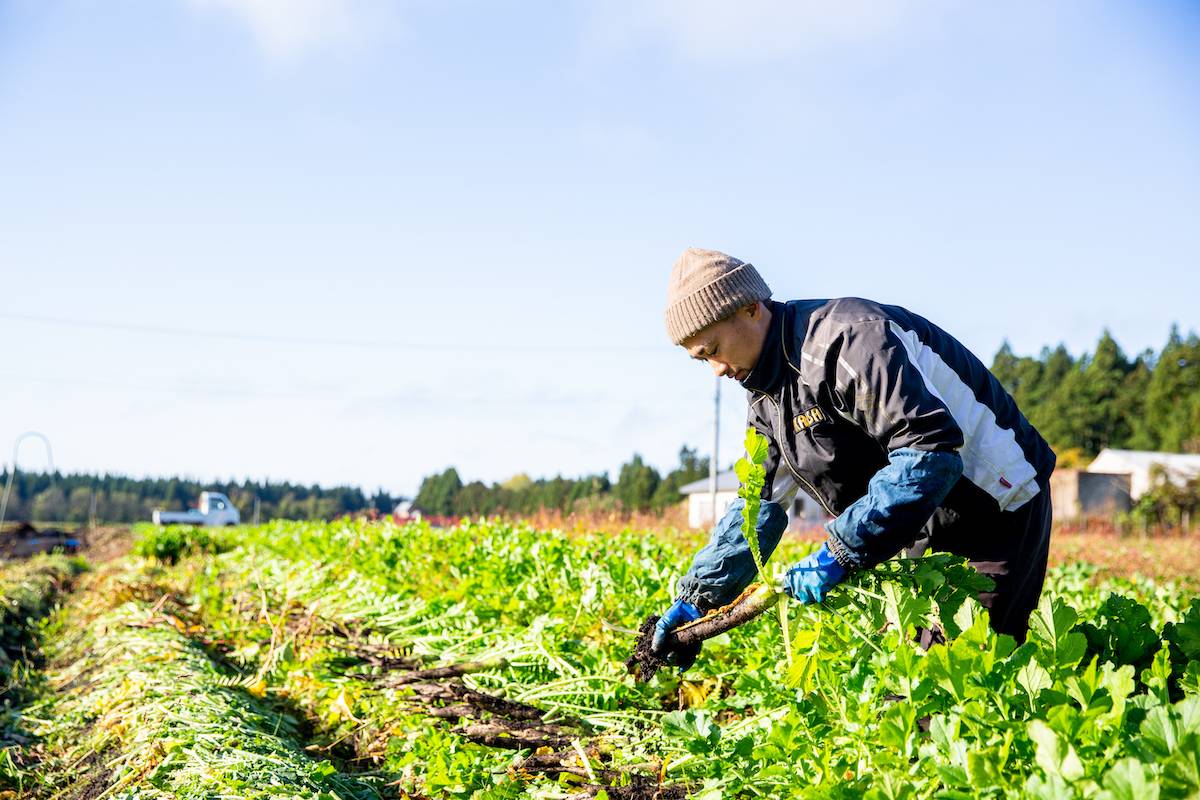It’s a chilly December evening in Tokyo and chef Noriyuki Suzuki, of restaurant Sakanoura Rojitei Yasaito, is presenting curious onlookers with an array of unexpected ingredients, whipping up a nine-course tasting menu out of leftovers such potato peelings and forlorn-looking pineapple skins.
The event was organized by ByFood, a platform that promotes Japanese food experiences, and marks the first in a forthcoming series aiming to spark a discussion about food waste in Japan. Despite the renowned concept of mottainai, which represents a “waste not, want not” attitude, according to the agriculture ministry, over 6.5 million tons of food in Japan go to waste every year. As part of a drive to work toward the United Nations’ Sustainable Development Goals, the Diet passed the Act on Promotion of Food Loss and Waste Reduction, which came into effect in 2019. It requires municipal governments to take measures toward reducing waste, but stops short of laying out specifics.
On the supply side, one long-standing commercial practice that has received heavy criticism across the board is the so-called one-third rule, which requires food manufacturers to deliver food in the first third of the time between a food’s production and its expiration date, resulting in many items being discarded or sent back. According to government data, 33% of annual food loss occurs before the produce even reaches kitchens. Restaurants account for a further 21%, and the remaining 46% occurs through household waste.



